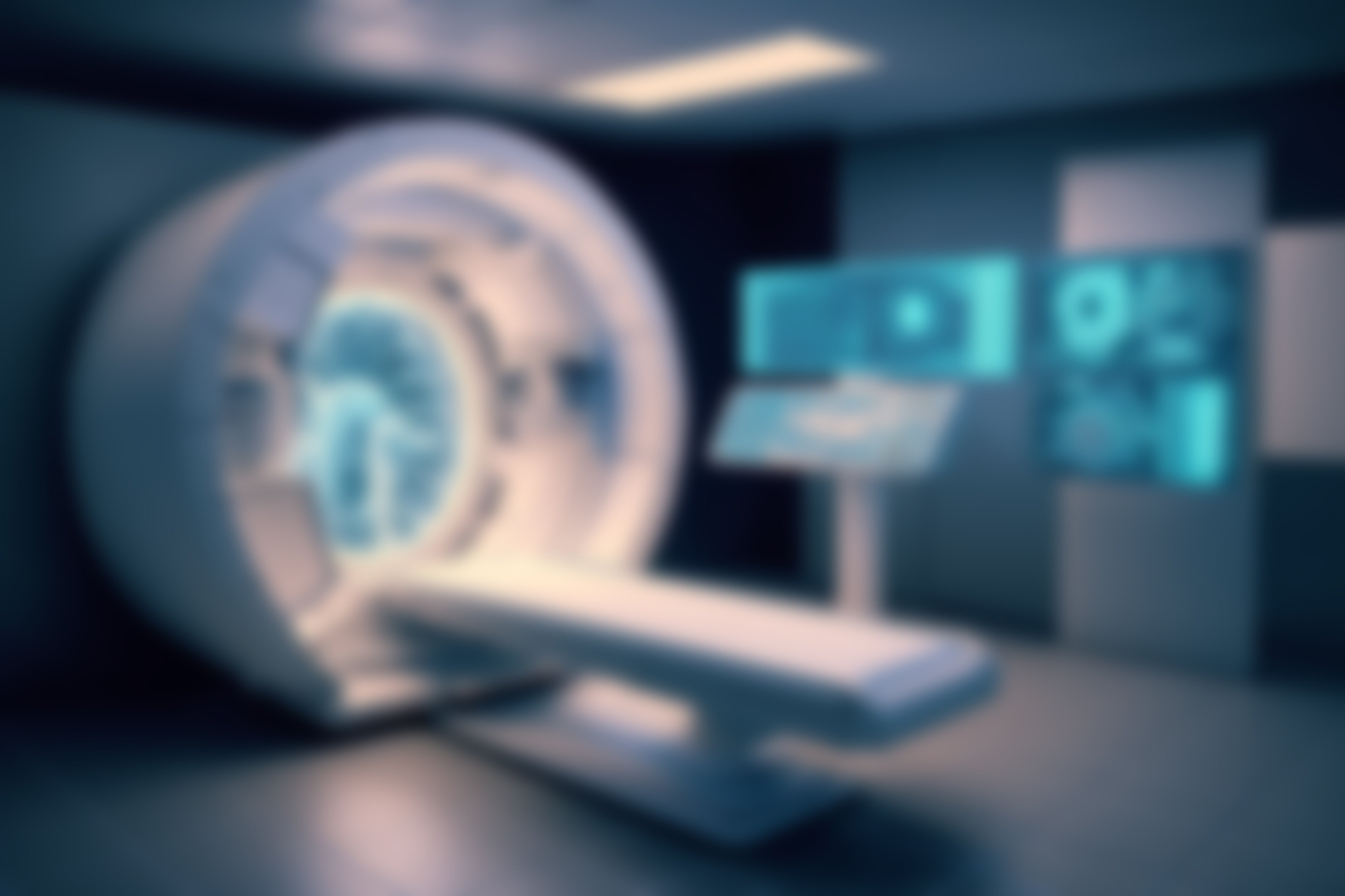Imagine a world where cancer is detected early, giving patients a much higher chance of survival and recovery. Thanks to incredible advancements in medical imaging, this vision is becoming a reality. These powerful tools are revolutionizing how we screen for and diagnose cancer, offering millions hope and a brighter future.
The Role of Medical Imaging in Modern Oncology
Early detection is crucial in the fight against cancer. The earlier a cancer is diagnosed, the more effective treatment options become and the higher the chances of a successful outcome. Medical imaging has become an indispensable tool in modern oncology. It offers noninvasive methods to detect, diagnose, and monitor various types of cancers. It allows for earlier tumour detection, which is crucial for successful treatment outcomes.
Advanced imaging techniques allow oncologists to visualize the body's internal structures in great detail. These images provide valuable information about the size, shape, and location of tumours and the health of surrounding tissues. This information is essential for accurate diagnosis and personalized treatment plans. This revolution in cancer care has significantly improved survival rates and the quality of life for many patients.
The Power of Visualization: Explain the concept of medical imaging
Medical imaging offers a unique advantage: it's noninvasive. Unlike surgical procedures, imaging techniques allow doctors to examine the body without making incisions, making the process safer and more comfortable for patients.
By translating complex data into visual formats, medical imaging enables doctors to identify abnormalities, track disease progression, and plan surgical procedures with precision. This capability is vital in the early detection and treatment of cancers, where timing and accuracy are crucial.
Different Imaging Techniques: From PET to X-rays
Let's delve into some of the most commonly used medical imaging techniques for cancer detection:
- PET scan (Positron Emission Tomography): PET scans use a radioactive tracer to highlight areas of increased metabolic activity, which can indicate the presence of cancerous cells. This technique is useful for identifying tumours, monitoring the effectiveness of treatment, and detecting cancer recurrence.
- CT scan (Computed Tomography): CT scans use X-rays to create detailed cross-sectional images of the body. This technique effectively detects lung, liver, and other cancers affecting internal organs.
- MRI (Magnetic Resonance Imaging): MRI uses magnetic fields and radio waves to create detailed images of soft tissues, such as muscles, tendons, and organs. It is particularly valuable for detecting brain tumours, breast cancer, and other cancers affecting soft tissues.
- Ultrasound: Ultrasound uses sound waves to create images of internal organs and structures. It is commonly used to detect breast cancer, prostate cancer, and other cancers of the abdomen and pelvis.
- X-ray: This familiar technique uses electromagnetic radiation to create images of bones and other dense tissues. While X-rays are primarily used for bone fractures, they can also detect bone cancers and other abnormalities.
Innovations in Imaging Technology and Future Trends
The field of medical imaging is continually evolving, with innovations such as AI-enhanced imaging, 3D imaging, and molecular imaging paving the way for more precise and personalized cancer care. Artificial intelligence and machine learning algorithms can now analyze imaging data faster and more accurately than ever before, identifying patterns that might be missed by the human eye.
Future trends point towards even less invasive techniques, improved imaging resolution, and faster processing times. Imaging's integration with other diagnostic tools and treatment modalities will likely lead to more comprehensive and effective cancer management strategies.
Personalized Medicine
Medical imaging is also crucial in personalized medicine. By providing detailed information about a patient's tumour and surrounding tissues, imaging techniques can help doctors tailor treatment plans to individual needs, leading to more effective and less invasive therapies.
Call to Action
Don't wait for symptoms to appear. Talk to your healthcare provider about appropriate cancer screening options based on your age, family history, and other risk factors. Regular checkups and early detection are crucial for catching cancer early and increasing your chances of a successful recovery.
If you or a loved one are due for a cancer screening, don't hesitate to consult with your healthcare provider about the best imaging options available. Together, we can continue to improve cancer outcomes and save lives through the power of medical imaging.
.png?width=885&height=284&name=ProCare%20Imaging%20(1).png)
